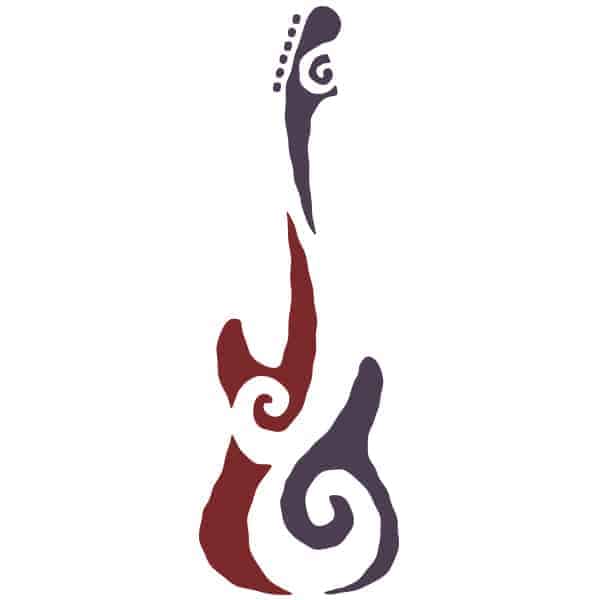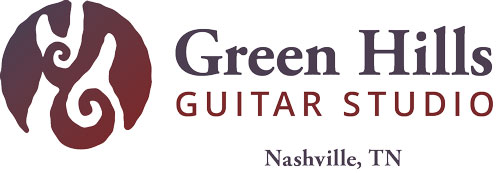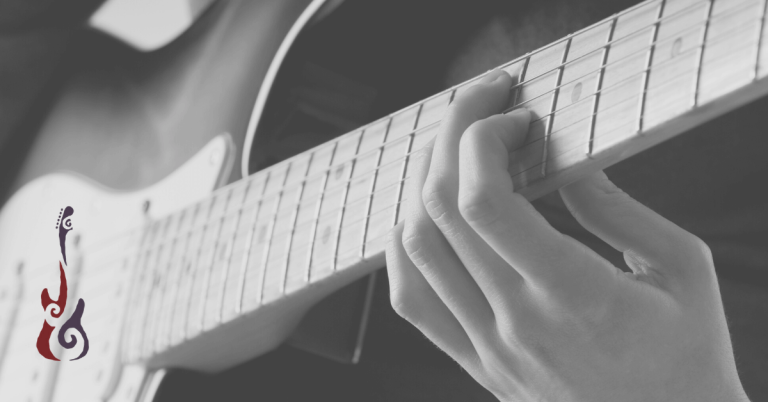Boogie Woogie Musical Beginnings
Boogie Woogie is known for its upbeat, energetic sound and is often played at parties, dances, and other social gatherings. The style has a lasting influence on rock and roll, jazz, and other popular music genres. Learning how to play this type of blues music is a great way to get your feet tapping and bring a sense of joy and excitement to any gathering.
This unique playing style involves percussive, right-hand improvisations over a repetitive bass pattern on the left hand. Some people might lump this style in with blues or jazz, especially layman listeners, but true musicians know and understand its rhythms, techniques, and style.
This blog will explore the basics of playing this happening style of music, including techniques and musical structures. We’ll cover rhythm, scales, chords, and more advanced techniques like improvisation and soloing. So let’s get started and learn how to Boogie!
What is Boogie Woogie?
Boogie Woogie is a style of blues music that originated in the late 19th century in the African American communities of the Southern United States. Musically speaking, it’s characterized by a heavy, driving rhythm and a walking bassline. Boogie Woogie is often accompanied by piano and features improvisational elements and syncopated rhythms.
Countless musicians, from legendary pianists like Fats Waller and Albert Ammons to modern-day stars like Dr. John and Bruce Hornsby, all had a hand in the evolution of the sound.
The History of Boogie-Woogie
The history of Boogie Woogie dates back to the early 20th century in the African American communities of the Southern United States. It emerged from the fusion of traditional African American music like blues, ragtime, and jazz, combined with a heavy emphasis on the piano.
Boogie Woogie quickly spread and gained popularity, becoming a staple of the jazz and blues genres. It was even featured in popular films during the 1940s. This musical style is still alive today and is often used in films, television shows, and commercials. It is an iconic part of American musical history and continues to influence musicians worldwide.
It’s worth noting that while this style has been around for about 100 years, the history is a bit muddy due to some of the early founders dying young and taking their stories with them. But the history can be found with some diligent research.
Why is it Called “Boogie Woogie”?
“Bogie” is a frame placed under trains. A Boogie Woogie song typically sounds similar to a train with insistent rhythms, repetitious and percussive treble figures, and flattened fifth and third blue notes.
Knowing this, it’s no surprise that it started in Marshall, Texas, a well-known rail hub. Marshall was deemed the birthplace of this genre in 2010. The name can also be traced to words in the African language, such as “boog” or beat, “bogi” or dance.
The Rise to Fame
This style of music became popular in the late 19th century, post-Civil War, once freed slaves had access to musical instruments. The name wouldn’t come until 40 years later, but southern African American pianists would improvise solos, chords, and rhythms among groups of friends in the rural parts of the country. The style of music slowly spread to big cities with the help of the railroad expansion.

George Thomas’ New Orleans Hop Scop Blues is claimed to be the first 12-bar blues to feature a Boogie Woogie bass in 1916. However, the first recording of a Boogie Woogie piano solo wasn’t until 1924 with Jimmy Blythe’s Chicago Stomps. The name didn’t come until 1928 with Clarence “Pine Top” Smith’s “Pine Top’s Boogie Woogie.”
Where is Boogie Woogie Now?
After this, Boogie Woogie took off. What started as an African American style of music played in the rural south made its way to big city concert halls, venues, and recordings that would be played in homes across the nation. Today, you can find bits and pieces of it in the country, rockabilly, and rock n’ roll. Check out our playlist of the top Boogie Woogie hits.
Learning How To Play Boogie Woogie Music
Learning the basics of playing blues music can be fun and rewarding. To get started, understanding rhythm is essential. Practice playing simple blues scales and chords and become familiar with the rhythmic patterns and variations.
Common patterns and licks can be learned and used to create exciting musical passages. Improvisation and soloing are also key aspects of blues music, and you can create your own unique sound with practice. With some dedication and effort, anyone can start playing this music and have a blast doing it!
Learning the Rhythm
To achieve Boogie Woogie rhythmic bliss, it’s essential to understand basic blues scales and chords and rhythmic patterns and variations. It is also important to learn common Boogie Woogie patterns and licks.
To begin playing Boogie Woogie, start by learning the basic chords for a 12-bar blues. This will help you to get the feel of the rhythm. Then, work on developing a basic understanding of the blues scales, which will help you to play more exciting licks and improvisations. It is also important to practice playing with a steady rhythm, as this will help you to achieve the classic Boogie Woogie sound.
Once you have the basics, you can start incorporating more advanced techniques into your playing. This includes learning more complex Boogie Woogie patterns and licks, as well as improvisation and soloing. To do this, it is important to listen to recordings of great Boogie Woogie players and study their technique. This will help you to develop your own style and sound.
Finally, practice is key to mastering this style. Setting aside regular time to practice and hone your skills is essential. With dedication and practice, you can become a great blues player.
Knowing What Scales & Chords to Use
The most common scale used in any blues music is (not surprisingly) the blues scale, which consists of five notes that can be played in various combinations. There are also several variations of the blues scale, such as the minor blues scale, which adds one extra note to the regular blues scale. The pentatonic scale, a five-note scale commonly used in blues and jazz, is also frequently employed in this energized blues sub-genre. When it comes to chords, it’ll pay to learn your major and minor triads along with your seventh chords.
Suggestions for Further Study and Practice
When it comes to mastering this playing style, practice is key. While the basics and techniques outlined in this article will provide a good foundation, the best way to excel is to continue practicing.
Students should focus on learning songs, transcribing solos, and listening to genre recordings. Additionally, attending live performances and jamming with other musicians is a great way to refine techniques and discover new ideas.
Finally, don’t be afraid to experiment and be creative—Boogie Woogie is all about having fun and expressing yourself. Dedication and practice can teach anyone to play this dynamic and exciting musical style.
If you want help learning how to play this dynamic style, reach out to Green Hills Guitar Studio to schedule a private lesson! And be sure to check out our free Boogie Woogie guitar course!








